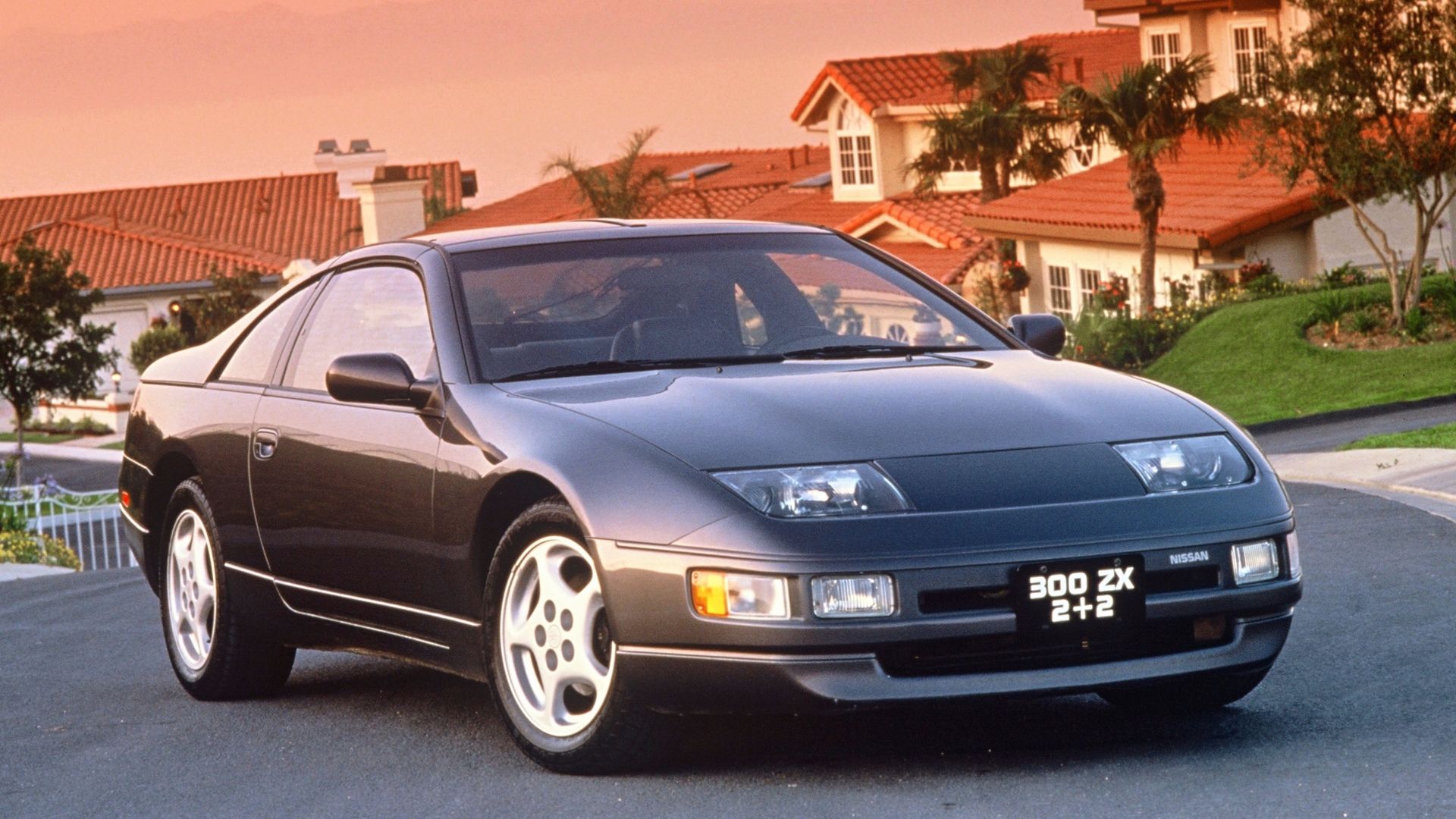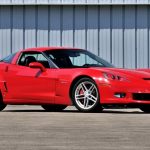Summary
- The Nissan 300ZX was the perfect blend of style, speed, and affordability that resonated with American car buyers in the 1980s.
- The evolution from Datsun’s Fairlady Z to the iconic 300ZX marked a significant shift in the appeal of performance vehicles in the US.
- With its unique design, powerful engines, and lasting legacy, the 300ZX remains a beloved part of American car culture and a collectible classic.
The Nissan 300ZX is the most iconic Japanese sports car and one of the most popular performance vehicles to ever hit American streets. Evolved from Datsun’s legendary Fairlady Z cars, the 300ZX found the perfect mix of style, speed, and price to resonate with the U.S. car-buying public. It offered Porsche performance that anyone could afford and Corvette coolness in a more manageable size. It was the perfect car at the perfect time, that defined its era and earned a spot in American culture.
Hitting the U.S. in 1984, the 300ZX was part of the renewed interest in sporty performance vehicles. The classic muscle car era of the late 1960s and early 1970s was long gone, while the replacement underpowered land yacht chapter was wearing out its welcome. People wanted a sharp-looking ride with some pep under the hood that still got decent gas mileage. They also wanted this seemingly impossible combination of features at a reasonable price, and it was the 300ZX that checked off all those boxes.
Though only sold in the U.S. for 13 years, the 300ZX grew into a legend of its own and is remembered as fondly as any classic American-made car model. Perhaps that’s what made it such a beloved vehicle. Even though it was an import, it was such an important part of car culture in the States that it felt like a domestic set of wheels and a member of the automotive family. As interesting a sports car as the 300ZX was, its history is equally fascinating, with two fantastic generations of prominence and performance.
In order to give you the most up-to-date and accurate information possible, the data used to compile this article was sourced from various manufacturer websites and other authoritative sources, including Car and Driver, Classic.com, and Bring a Trailer.
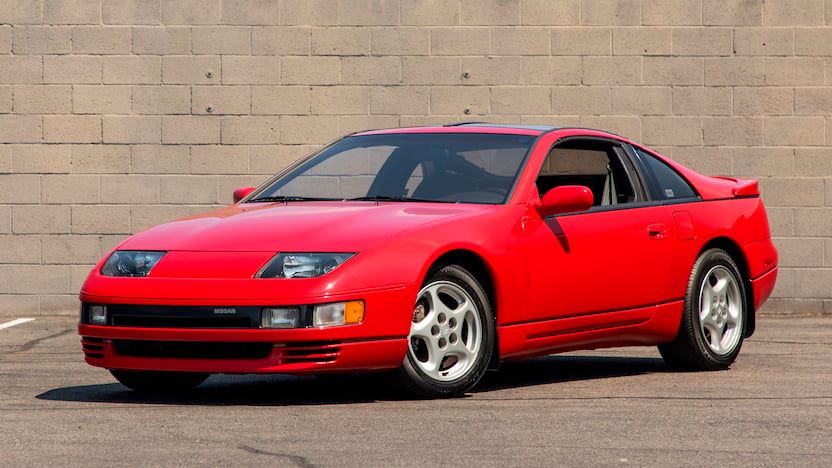
1990-1996 Nissan 300ZX: Performance, Price, And Photos
Seen as one of the most advanced sports cars for the time, the Nissan 300zx Z32 remains just as popular today as it was nearly 30 years ago
Birth of the Nissan 300ZX
It is impossible to tell the history of the Nissan 300ZX without covering its roots in the Datsun Z cars, and, honestly, it’s something that almost didn’t happen. Since 1959, Datsun, later to become Nissan, was building the Fairlady, which was a two-seat sports car in the vein of a Fiat or MG. In the 1960s, Datsun entered into a partnership with Yamaha to update the Fairlady with a slick sports car for the international market. Datsun wasn’t happy with the Yamaha YX-30 prototype, produced in 1961, and passed on the project. Yamaha refined the prototype a bit and took it to Toyota, where it became the 2000GT.
Z Car Timeline:
- 240Z: 1969-1973
- 260Z: 1974
- 280Z: 1975-1977
- 280ZX: 1978-1983
- 300ZX: 1984-1996 (made until 2000 in Japan)
- 350Z: 2002-2008
- 370Z: 2008-2021
- Nissan Z: 2022-present
While the 2000GT was an expensive touring car, not unlike a Jaguar, Datsun knew the key to success on the international stage was an affordable performance ride. They also realized that the best way to keep costs down was for that car to have interchangeable parts with their other vehicles, so they designed a car that shared systems with the rest of their lineup. The result was the Fairlady Z in 1969. Another important realization on the part of Datsun was that nobody in the United States was going to buy a car called a”Fairlady,” no matter how cool it was, so they came up with the number system.
My Fairlady Z
The Datsun Fairlady Z was rebadged as the 240Z for the American market and came with a 151-horsepower 2.4-liter inline-six cylinder, dual carburetor engine. It was a smashing success in the States, moving over 45,000 units in 1969, and then topping that the next year with over 50,000 cars sold. To put that into perspective, a total of 21,801 Chevrolet Corvettes were made in 1971, and they cost $5,496 versus the $3,526 base price for a 240Z of the same year.
The Numbers Add Up To 300ZX
The 240Z was replaced in 1974 by the 260Z, which added a stretched wheelbase 2+2 version of the two-seater sports car, but for some reason came with a detuned 139 horsepower engine. The 260Z was a one-year wonder and was supplanted by the 280Z in 1975. It was also a return to performance with a 2.8-liter I-6 that cranked out 170 ponies. In 1978, American consumers got the 280ZX, which got some added luxury and a few more ponies. In the early 1980s, Datsun changed its name to Nissan and the company wanted to update its export models, which set the stage for the 300ZX.

10 Japanese Imports That Aren’t Hondas Or Toyota’s, Ranked By Power Output
While Toyota and Honda were both responsible for some truly sensational import cars over the decades, Japanese automakers had so much more to offer
Nissan 300ZX Generation Z31
Some of the first 300ZX cars to hit American shores were branded Datsun/Nissan as the company was still in transition, but they were the first official Nissans in the U.S. market. The 300ZX, introduced in 1983 for the 1984 model year, was built on the Z31 chassis, which is what the first gens are known as. It was a radical restyling of the Z cars, with vastly improved handling and acceleration over the 280ZX. The 300 came from the natural progression of the Z cars to up things by 20 for the new generation, and the X was meant to covey the added luxury features of the model.
Z31 Performance
While the previous Z cars had competent inline six-cylinder engines, the 300ZX opted for a V-6 which was more compact and was mounted behind the front axle for better balance. Two versions of the SOHC 3.0-liter engine were available: a 165-horsepower naturally aspirated V-6 and a 200-horsepower turbocharged version. Either engine could be paired with the standard five-speed manual or the optional four-speed automatic transmission. Turbo versions built after 1987 came with a limited-slip differential, which was great because these cars had some jump off the line.
1984 300ZX Turbo Power and Performance
|
Engine |
3.0-liter turbocharged V-6 |
|---|---|
|
Horsepower |
200 horsepower |
|
Torque |
227 pound-feet |
|
Transmission |
Five-speed manual |
|
0-60 Time |
7.3 seconds |
|
Quarter-mile |
15.4 seconds |
|
Top Speed |
134 MPH |
(Performance stats sourced from Nissan, and Car and Driver)
Z31 Style
Before the 300ZX, the Z cars had soft rounded curves, but the Z31 went with harder angles and edges, making it more aerodynamic and giving it an aggressive appearance. The 300ZX was available as a two-seater or in a two+two configuration, but those back seats were not for normal-sized adults. The car also had unique pop-up headlights that were partially visible in the down position. Nissan packed the 300ZX with what was high-tech at the time, gear including a computerized voice warning system and a digital dashboard that monitored lateral G-forces.
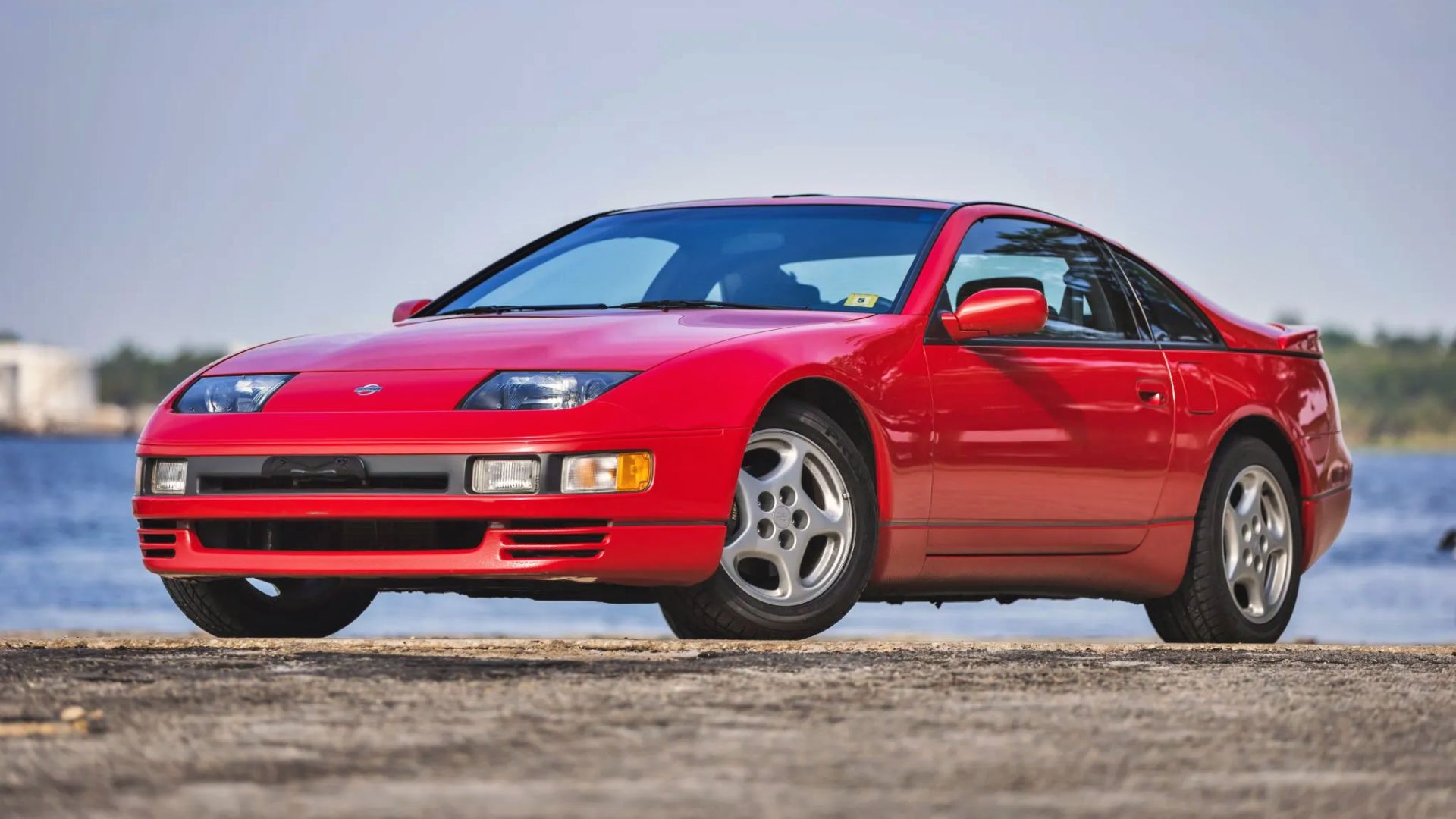
The Secrets Behind The Nissan 300ZX
Undoubtedly a future classic, the tech-laden Nissan 300ZX represents everything that a fun JDM sports car ought to be and then some
Nissan 300ZX Generation Z32
In 1989, the Nissan 300ZX Z32 generation was launched with another radical restyling that saw the Japanese import get sexier rounded curves. It also became effectively a hatchback with a killer T-top option and, for one year (1993), was available as a convertible. It was still offered as a two or four-seat vehicle, but the longer wheelbase and wider track didn’t make the back seats any more accommodating for regular-sized humans.
The pop-up headlights were replaced by flush-embedded lamps with clear shields. The second-gen 300ZX came with a lot more luxury, which translated into an added price, and the once affordable sports car was now in a similar price range to Porsche and Corvette models.
Z32 Performance
The Z32 stuck with the 300ZX 3.0-liter V-6 but added dual-overhead cams, variable valve timing, and other refinements that pulled a lot more performance out of them. The naturally aspirated version now made 222 horsepower while the jacked-up twin-turbo variant cranked a neck-snapping 300 horsepower.
Some versions were available with four-wheel steering, so it was not only a beast off the line, but a road-magnet in tight turns. With 0–60 times in the low 5s and quarter-mile runs in the 13s, the 300ZX Twin Turbo was as quick as Hemi-powered muscle cars from the classic era.
1996 300ZX twin Turbo Power and Performance
|
Engine |
3.0-liter |
|---|---|
|
Horsepower |
300 horsepower |
|
Torque |
283 pound-feet |
|
Transmission |
Five-speed manual |
|
0-60 Time |
5.3 seconds |
|
Quarter-mile |
13.9 seconds |
|
Top Speed |
155 MPH |
(Performance stats sourced from Nissan, and Car and Driver)
Z32 Commercial Failures
For Super Bowl XXIV in 1990, Nissan aired a commercial for the 300ZX Twin Turbo, directed by Ridley Scott of Alien and Blade Runner fame. The spot showed the car smoking a sports bike, a Formula One racer, and a fighter jet, but was only shown once because Nissan execs feared it promoted street racing.
In 1996, Nissan came up with an even cooler ad that showed G.I Joe and Barbie-like dolls cruising in a remote control 300ZX, to the tune of Van Halen’s version of “You Really Got Me.” Toymaker Mattel sued, claiming the ad did irreparable damage to their name and reputation, with Nissan eventually settling for an unspecified amount.
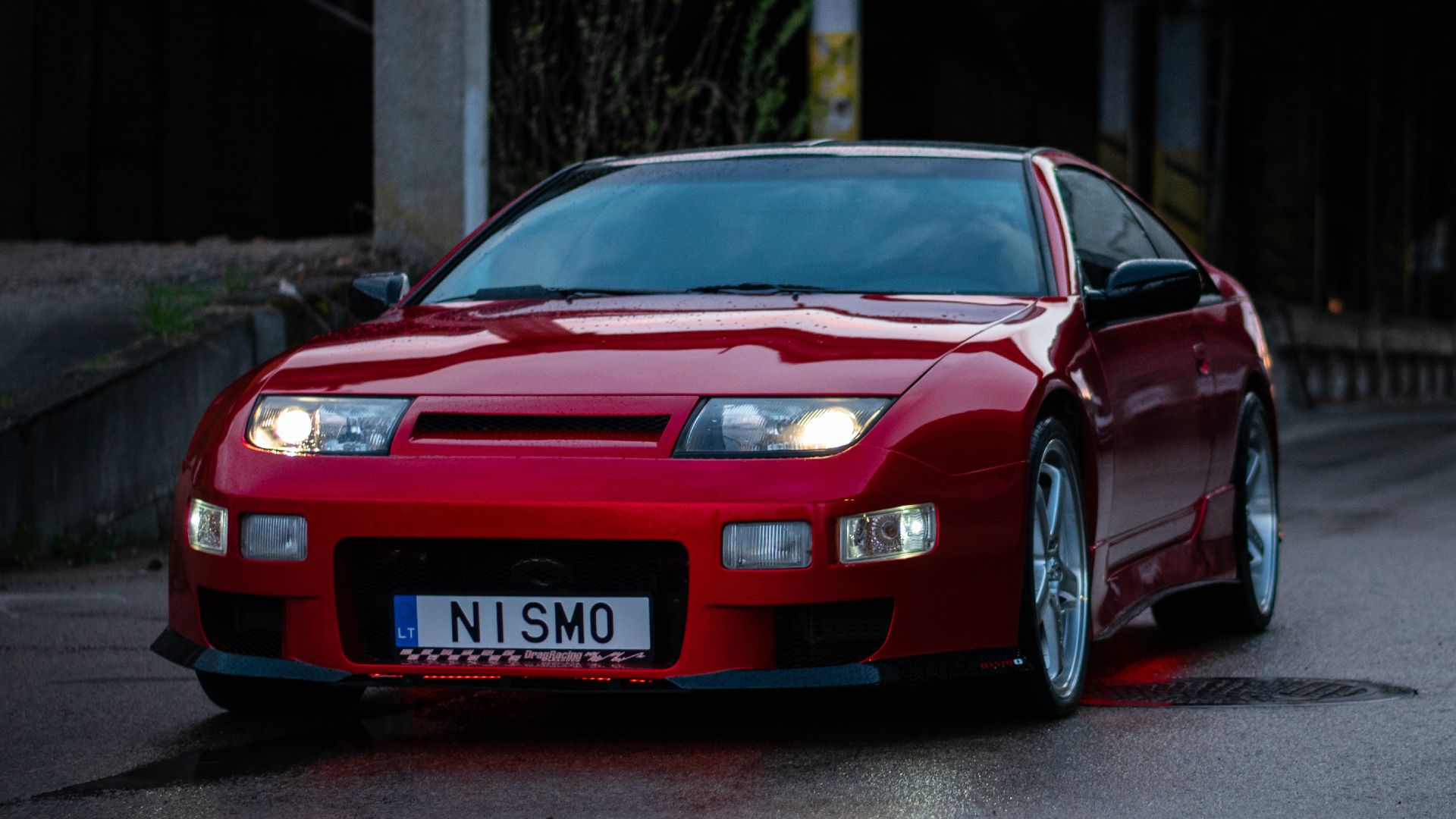
10 Things Everyone Should Know About The Nissan 300ZX Twin Turbo
The Nissan 300ZX twin turbo was ahead of its time – not just in looks, but in performance too, and is still a remarkable car to this day
Discontinuation And Legacy Of The Nissan 300ZX
As awesome as the Nissan 300ZX was, the second generation Z32s were equipped with performance and luxury, which forced the price up and sales began to rapidly drop. It was discontinued in 1996, though it would live on in Japan until 2000. While it was certainly sad to see such a fun ride go away, it left a lasting impression on the American car scene. It was the sports car to have over its 13-year run and was as big of a part of 80s culture as Ghostbusters or Michael Jackson’s “Thriller.”
Over 40 years after its introduction, 300ZX cars have become prized collectibles, that are still fairly affordable. According to Classic.com, the average price for a Z32 is $14,861, and that’s for a great condition, running and driving, car. A pristine 1996 five-speed with just 157 miles on the odometer sold for $55,500 on Bring a Trailer recently, which is less than the price of a new sports car, and decidedly cooler. The original point of the Z car was to bring style and performance to the masses and that is the Nissan 300ZX’s ultimate legacy.


